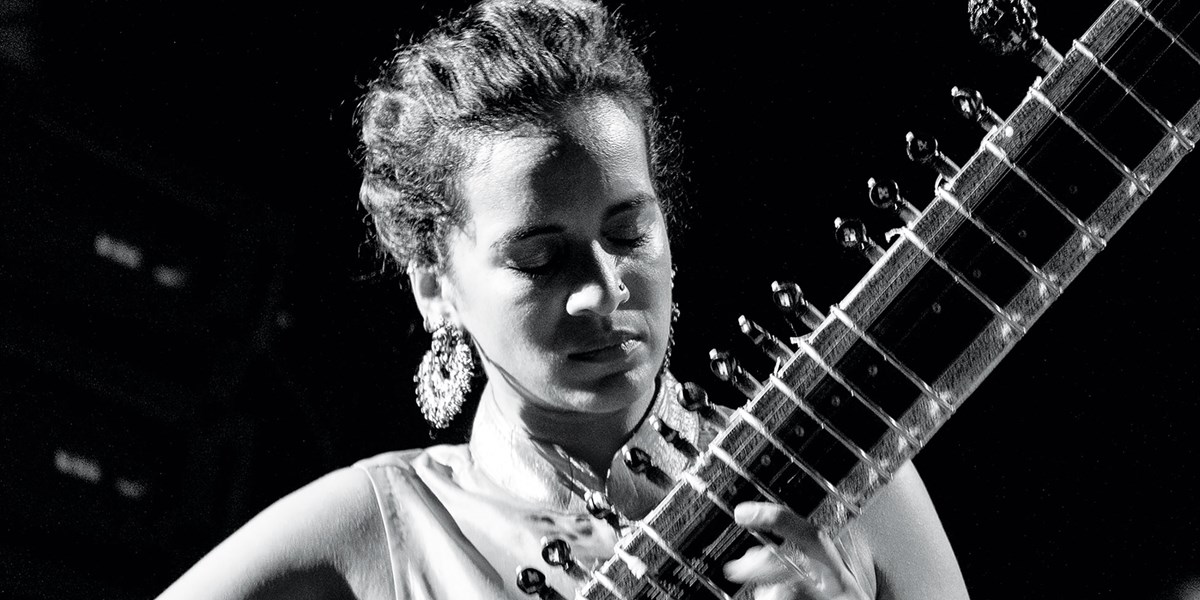Tuesday, September 6, 2022
Anoushka Shankar: Beginner's Guide
Nigel Williamson charts the career of the genre-defying sitarist, from her Indian classical beginnings to her star-studded cross-cultural fusions

Anoushka Shankar (photo: William Ejam Maail)

Register now to continue reading

Thanks for visiting the Songlines website, your guide to an extraordinary world of music and culture. Sign up for a free account now to enjoy:
- Free access to 2 subscriber-only articles and album reviews every month
- Unlimited access to our news and awards pages
- Our regular email newsletters

